Filter by
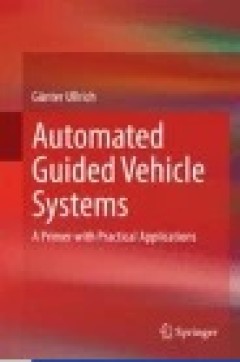
Automated Guided Vehicle Systems : A Primer with Practical Applications
This primer is directed at experts and practitioners in intralogistics who are concerned with optimizing material flows. The presentation is comprehensive covering both, practical and theoretical aspects with a moderate degree of specialization, using clear and concise language. Areas of operation as well as technical standards of all relevant components and functions are described. Recent deve…
- Edition
- -
- ISBN/ISSN
- 978-3-662-44814-4
- Collation
- XI, 227
- Series Title
- -
- Call Number
- 658.00973
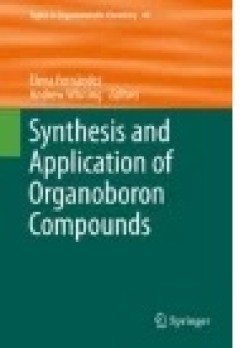
Synthesis and Application of Organoboron Compounds
The series Topics in Organometallic Chemistry presents critical overviews of research results in organometallic chemistry. As our understanding of organometallic structure, properties and mechanisms increases, new ways are opened for the design of organometallic compounds and reactions tailored to the needs of such diverse areas as organic synthesis, medical research, biology and materials scie…
- Edition
- -
- ISBN/ISSN
- 978-3-319-13054-5
- Collation
- VII, 331
- Series Title
- Topics in Organometallic Chemistry
- Call Number
- -
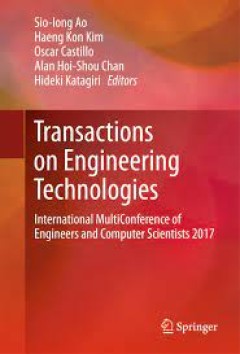
Transactions on Engineering Technologies
This volume contains fifty-one revised and extended research articles written by prominent researchers participating in the international conference on Advances in Engineering Technologies and Physical Science (London, UK, 2-4 July, 2014), under the World Congress on Engineering 2014 (WCE 2014). Topics covered include mechanical engineering, bioengineering, internet engineering, wireless networ…
- Edition
- 1
- ISBN/ISSN
- 978-94-017-9803-7
- Collation
- XI, 773
- Series Title
- -
- Call Number
- -

Sustainable Development, Knowledge Society and Smart Future Manufacturing Tec…
The book contributes to a better understanding of the role of knowledge societies in achieving sustainability. It is based on the conference with the same title held in Riga, which brought together experts from Europe and the rest of the world. The book highlights sustainable development in relation to the knowledge society and smart future manufacturing technologies, and it helps provide a bet…
- Edition
- -
- ISBN/ISSN
- 978-3-319-14883-0
- Collation
- XVI, 341
- Series Title
- World Sustainability Series
- Call Number
- -
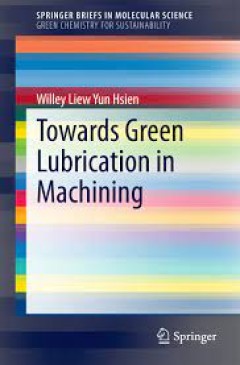
Towards Green Lubrication in Machining
The book gives an overview of environmental friendly gaseous and vapour, refrigerated compressed gas, solid lubricant, mist lubrication, minimum quantity lubrication (MQL) and vegetable oils that can be used as lubricants and additives in industrial machining applications. This book introduces vegetable oils as viable and good alternative resources because of their environmental friendly, non-t…
- Edition
- 1
- ISBN/ISSN
- 978-981-287-265-4
- Collation
- XIII, 46
- Series Title
- SpringerBriefs in Molecular Science
- Call Number
- -
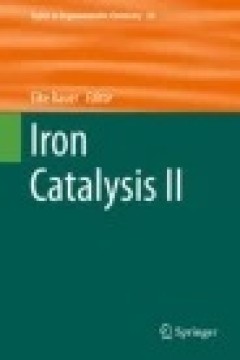
Iron Catalysis II
The series Topics in Organometallic Chemistry presents critical overviews of research results in organometallic chemistry. As our understanding of organometallic structure, properties and mechanisms increases, new ways are opened for the design of organometallic compounds and reactions tailored to the needs of such diverse areas as organic synthesis, medical research, biology and materials scie…
- Edition
- -
- ISBN/ISSN
- 978-3-319-19396-0
- Collation
- -
- Series Title
- -
- Call Number
- -
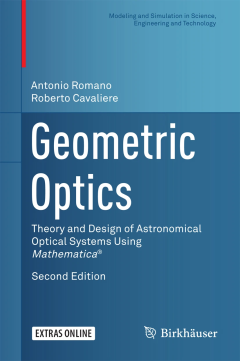
Geometric Optics
This text, now in its second edition, presents the mathematical background needed to design many optical combinations that are used in astronomical telescopes and cameras. It uses a novel approach to third-order aberration theory based on Fermat’s principle and the use of particular optical paths (called stigmatic paths) instead of rays, allowing for easier derivation of third-order formulae…
- Edition
- -
- ISBN/ISSN
- 978-3-319-43731-6
- Collation
- -
- Series Title
- -
- Call Number
- 510 ROM g
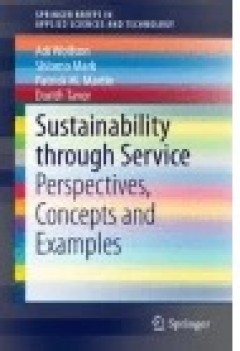
Sustainability through Service
This book discusses the mutual relationship between service and sustainability. It covers methodologies and approaches and describes measurements and tools that can promote sustainability on the service market. Lastly, it presents the different applications of sustainability, together with examples of sustainable services. Environmental concerns have become integral to any decision-making proc…
- Edition
- -
- ISBN/ISSN
- 978-3-319-12964-8
- Collation
- VIII, 85
- Series Title
- SpringerBriefs in Applied Sciences and Technology
- Call Number
- -

Equilibrium Theory for Cournot Oligopolies and Related Games Essays in Honou…
This state-of-the-art collection of papers on the theory of Cournotian competition focuses on two main subjects: oligopolistic Cournot competition and contests. The contributors present various applications of the Cournotian Equilibrium Theory, addressing topics such as equilibrium existence and uniqueness, equilibrium structure, dynamic processes, coalitional behavior and welfare. Special emph…
- Edition
- -
- ISBN/ISSN
- 978-3-319-29254-0
- Collation
- 23 b/w illustrations, 2 illustrations in colour
- Series Title
- -
- Call Number
- -

Acoustic Textiles
This book highlights the manufacturing and applications of acoustic textiles in various industries. It also includes examples from different industries in which acoustic textiles can be used to absorb noise and help reduce the impact of noise at the workplace. Given the importance of noise reduction in the working environment in several industries, the book offers a valuable guide for companies…
- Edition
- Ed. 1
- ISBN/ISSN
- 978-981-10-1476-5
- Collation
- VII, 242
- Series Title
- Textile Science and Clothing Technology
- Call Number
- 620 ACO a
 Computer Science, Information & General Works
Computer Science, Information & General Works  Philosophy & Psychology
Philosophy & Psychology  Religion
Religion  Social Sciences
Social Sciences  Language
Language  Pure Science
Pure Science  Applied Sciences
Applied Sciences  Art & Recreation
Art & Recreation  Literature
Literature  History & Geography
History & Geography